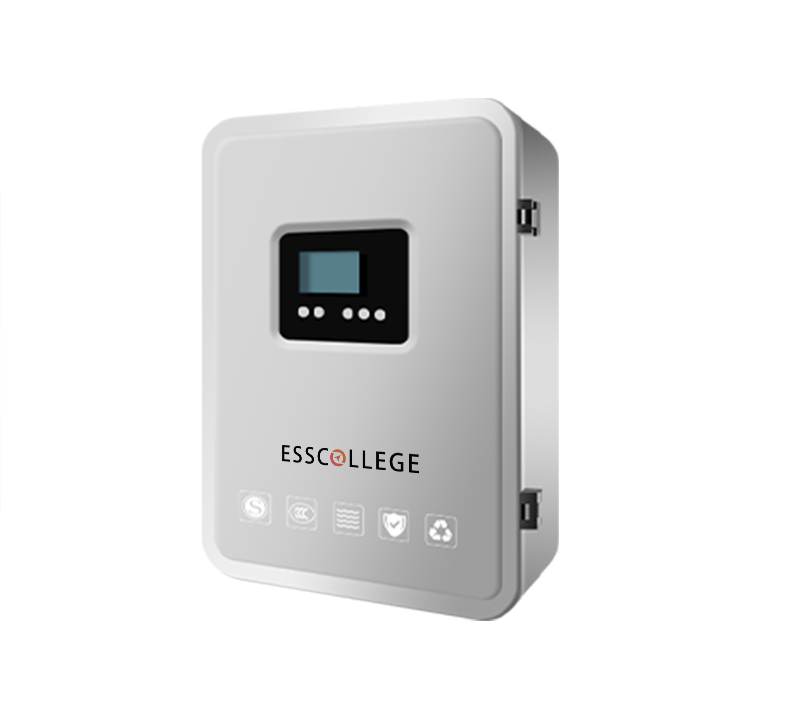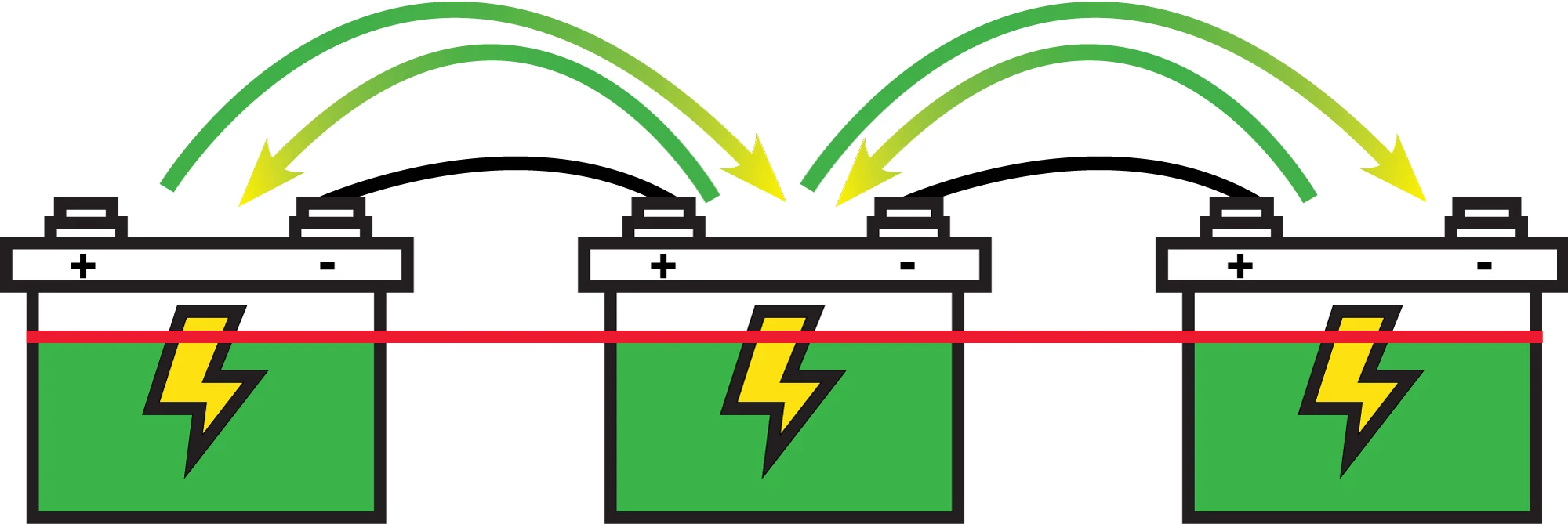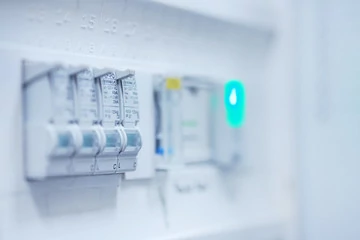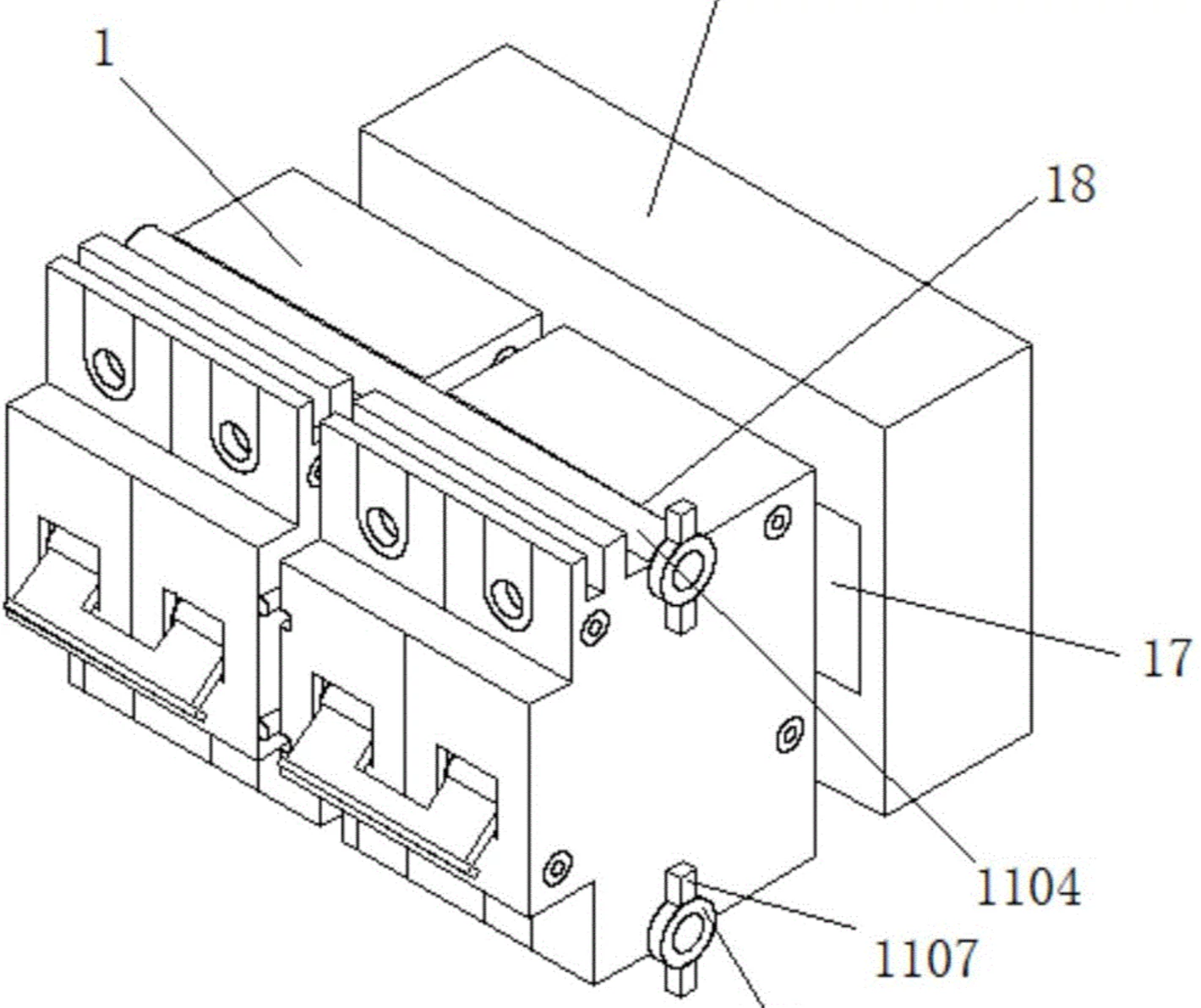In industrial applications, how does the EPS anti-interference system work...
Unique advantages and applications of self-test function
Emergency Power Supply (EPS) is playing an increasingly important role in modern society. Whether in hospitals, data centers, or critical infrastructure, EPS is used to ensure a continuous and stable supply of power in the event of a primary power failure. In recent years, the technology of EPS has continued to improve, and one of the notable features is its self-test function. This article will explore the unique advantages and applications of EPS self-test function in depth.
Unique advantage
Improve system reliability
The self-test function of EPS can continuously monitor the operating status of the system and discover possible faults or anomalies in time. For example, if the battery's charge level falls below a certain safety threshold, the self-test system will sound an alarm and alert maintenance personnel to check or replace it. This dynamic monitoring significantly improves the reliability of the EPS, ensuring that it will always operate in an emergency.
Reduce maintenance costs
Traditional EPS requires regular manual checks to confirm that the system is functioning properly, while the self-check function greatly reduces the need for manual intervention. When the system can detect problems on its own, the maintenance team can take measures before the failure occurs. This upfront prevention allows for lower maintenance costs, while reducing the cost of emergency repairs in the event of a breakdown.
Improve user convenience
The self-check function allows users to avoid paying attention to the running status of EPS. The system conducts regular self-checks and automatically records when problems are found and notifies users through the interface or alarm system. This convenience allows users to focus on other tasks and reduce the operational burden.
Enhance security
EPS provides power protection in critical situations where safety is Paramount. Through the self-test function, EPS can continuously monitor the status of the system, and once potential safety hazards are found, such as battery overheating or short circuit, the system will immediately implement safety protection and alarm treatment. This provides users with additional security and reduces the risk of equipment failure.
Conducive to data analysis and optimization
The self-test function also provides data support for subsequent performance analysis and optimization. The various types of data recorded during the operation of the system can help engineers identify common problems in use, and further optimize system design and maintenance strategies through data analysis. This insight not only improves the performance of the device, but also provides direction for future technological innovation.
Application example
Many modern EPS systems have integrated self-checking capabilities. For example, the EPS system used in hospitals automatically performs a self-check every night when there is no load, whether it is battery level, AC input voltage or load, the system will generate a report. Such reports can help technicians keep track of the health of the power system in real time, ensuring that critical equipment can be seamlessly connected in the face of a power outage.
In the data center, the self-test function of EPS is even more important. Data centers have extremely strict power requirements, and any momentary interruption of power can result in data loss or damage. Through self-test, EPS system can identify potential faults in advance, timely replacement or maintenance, and provide guarantee for the safe operation of data.
CONCLUSION
The self-test function of EPS is one of its unique advantages, which not only improves the reliability, safety and convenience of the system, but also significantly reduces maintenance costs. As technology evolves, self-checking will continue to play an important role in ensuring a continuous supply of power in critical situations. For various industries that rely on EPS, it is particularly important to choose EPS with self-test function, which will effectively improve the efficiency and safety of the overall operation.

EPS BATTERY SERIES
The centralized power supply for fire emergency lighting is a kind of backup power supply equipment, which provides power guarantee for emergency lighting equipment to ensure that the on-site lighting equipment can operate normally in emergency situations such as fire. Provide a long-term backup power supply to meet the needs of the emergency lighting system.
Extended reading
Unique advantages and applications of self-test function
Unique advantages and applications of self-test function Emergency Power Supply...
EPS advantage: strong anti-interference system
EPS advantage: strong anti-interference system In modern Power systems, Emergency...
How does EPS overvoltage protection for fire emergency power supply work
How does EPS overvoltage protection for fire emergency power supply...
How does EPS short circuit protection for fire emergency power supply work
How does EPS short circuit protection for fire emergency power...
THE ESSC Brand promise
Global supply
Our products sell well all over the world, covering many countries and regions, through the global logistics network, to provide customers with convenient purchasing experience.
Rigorous quality
We adhere to the highest quality control standards to ensure every product meets industry regulations and customer expectations, earning trust through consistent excellence.
Excellent service
With a customer-centric approach, we provide prompt responses, professional support, and personalized services, aiming to deliver the best user experience and long-term value.




